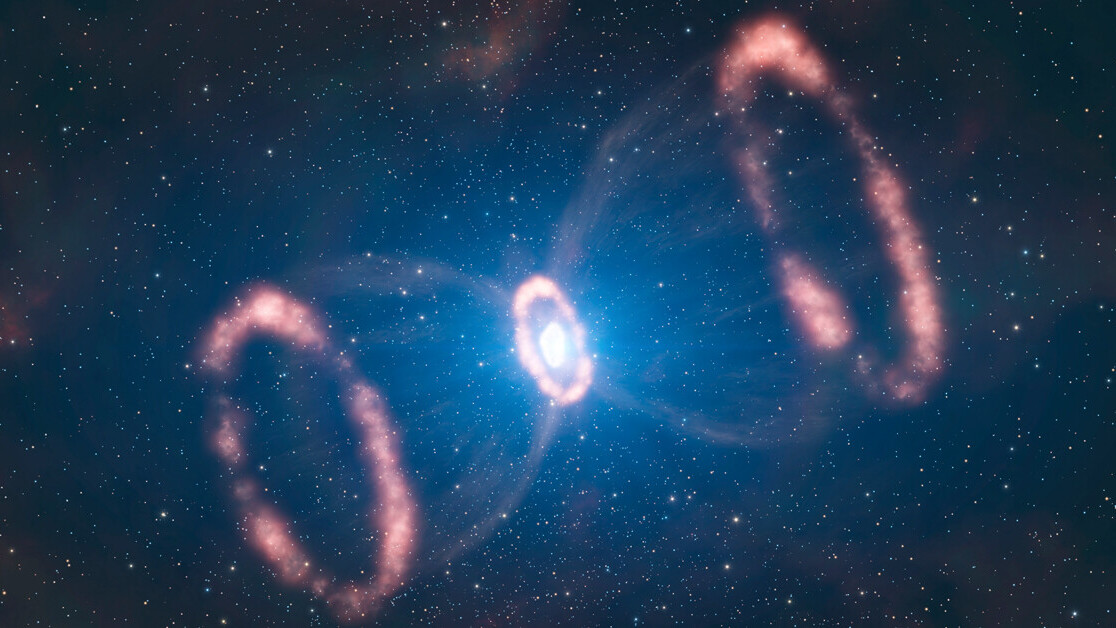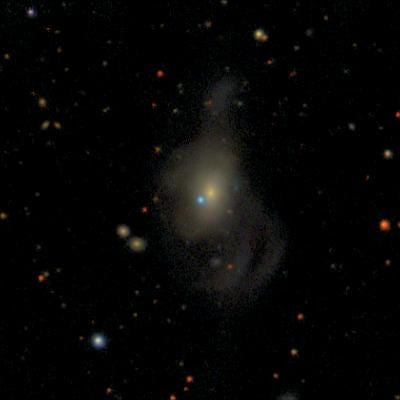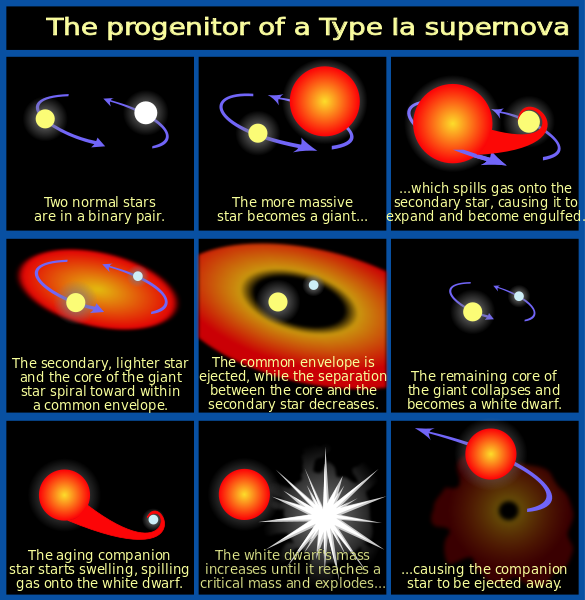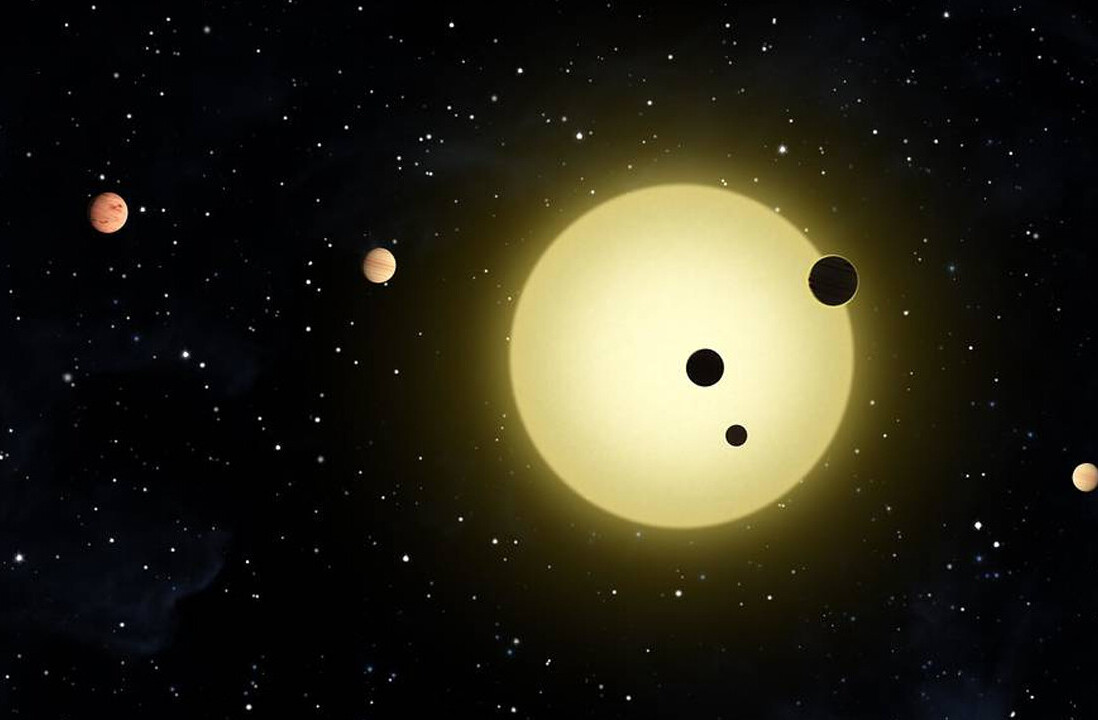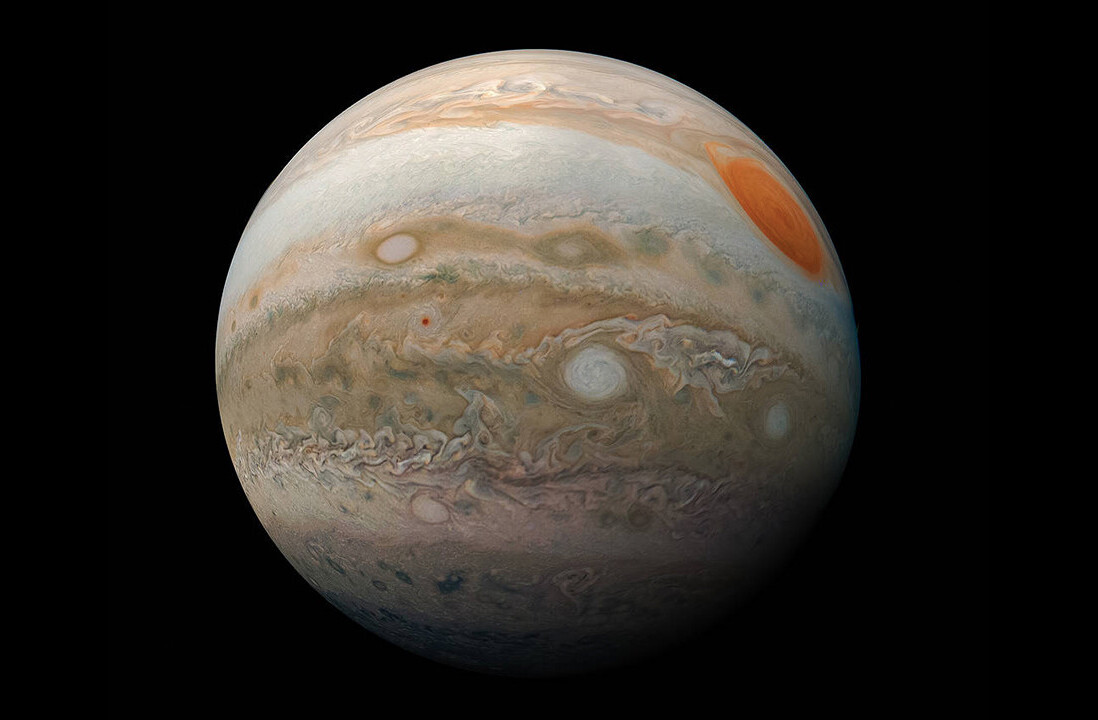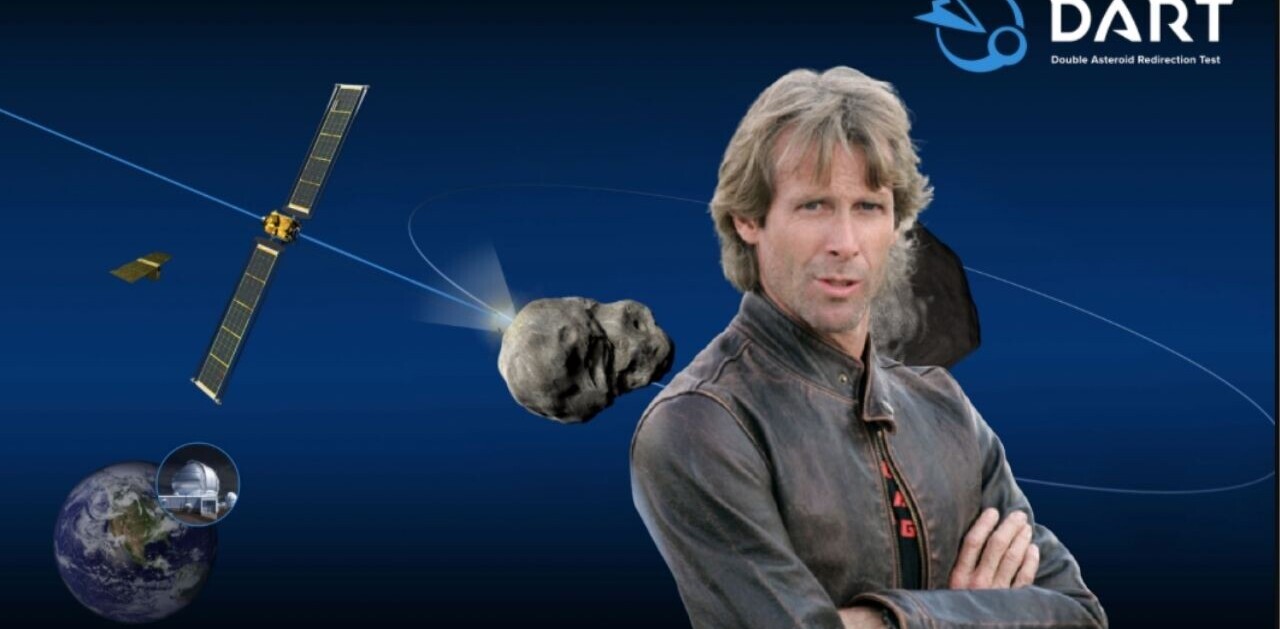White dwarfs explode under certain conditions, but the causes of these events remain a mysterious process. However, the detection of a flash of ultraviolet light from one of these explosions could help answer questions about these stellar eruptions. This is just the second time such a flash of energy has been seen by astronomers during one of these events.
It could also help researcher better understand the formation of heavy elements, such as iron, as well as providing a look at one of the great mysteries of the Universe — dark energy.
“The UV flash is telling us something very specific about how this white dwarf exploded. As time passes, the exploded material moves farther away from the source. As that material thins, we can see deeper and deeper. After a year, the material will be so thin that we will see all the way into the center of the explosion,” said Northwestern University astrophysicist Adam Miller, who led the research.
[Read: Look, human, it’s the first photo of planets orbiting a sun 300 light years away]
This is where the story gets hot
In December 2019, astronomers at the Zwicky Transient Facility (ZTF) in California spotted a supernova they dubbed SN2019yvq. Analysis of the data revealed this was a type Ia [one A] supernova, a fairly-common type of explosion for white dwarf stars. Taking place roughly 140 million light years from Earth, this event was seen near the tail of the constellation Draco.
“These are some of the most common explosions in the universe. But what’s special is this UV flash. Astronomers have searched for this for years and never found it. To our knowledge, this is actually only the second time a UV flash has been seen with a type Ia supernova,” Miller said.
The production of ultraviolet light usually suggests processes happening at temperatures several times hotter than the surface of the Sun. This display lasted for several days, suggesting an energetic process caused this unusual flash.
However, white dwarfs usually become cooler over time, confounding researchers. Currently, astrophysicists have several theories on why these white dwarf stars occasionally produce flashes of ultraviolet light before exploding.
Some stars in binary systems might consume material from its partner star until it builds up to a critical mass and explodes. Expelled material from the eruption could race outwards, colliding with the companion star, generating the ultraviolet flash.
Another possibility is that radioactive material in the core of the white dwarf might mix with the outer layers of the star, raising the surface temperature to a range where it radiates in ultraviolet light.
A third idea holds that helium ignites thermonuclear reactions in carbon within the star, resulting in a double explosion producing the ultraviolet flash.
Another possibility is that the ultraviolet radiation comes from material ejected by the collision of a pair of white dwarfs.
As dark as a knight
Most of the iron in the Universe was produced in type Ia supernovae. Some of that iron goes on to produce planets, including the core of the Earth. By learning more about these explosions, astronomers hope they might learn about the formation of our own planet.
Type Ia supernovae are all believed to explode with a certain brightness. By measuring the apparent brightness of these events as seen from Earth, astronomers are able to measure distances to distant galaxies. By measuring the Doppler shift of these galaxies (the change in frequency of light seen in moving objects), astronomers are able to determine the velocity at which the Universe is expanding. With a more complete explanation of the mechanisms behind these explosions, astronomers could get a more complete understanding of dark energy driving the expansion of the Universe.
Billion of years from now, our own Sun will become a white dwarf in its final days, although it will not explode like the pair of events recently seen by astronomers.
Analysis of the study was detailed in The Astrophysical Journal.
Once the region around this star clears, the remnants left behind will provide researchers with an unprecedented look at how white dwarfs explode as supernovae, giving us a better understanding of the Cosmos.
This article was originally published on The Cosmic Companion by James Maynard, founder and publisher of The Cosmic Companion. He is a New England native turned desert rat in Tucson, where he lives with his lovely wife, Nicole, and Max the Cat. You can read this original piece here.
Astronomy News with The Cosmic Companion is also available as a weekly podcast, carried on all major podcast providers. Tune in every Tuesday for updates on the latest astronomy news, and interviews with astronomers and other researchers working to uncover the nature of the Universe.
Get the TNW newsletter
Get the most important tech news in your inbox each week.
